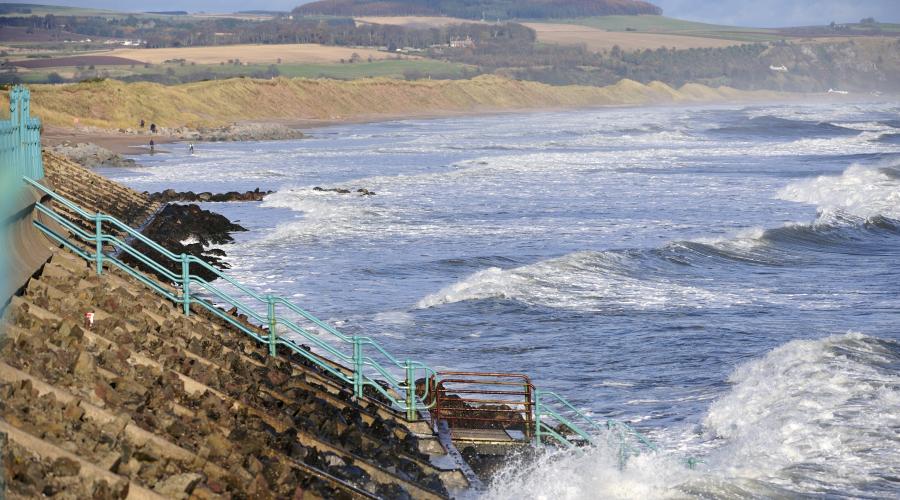
Coastal development and marine pollution
Natural and human processes often meet on Scotland’s coastline. We advise on how to reduce the chance of adverse impacts.
Statutory and non-statutory consultation procedures
NatureScot is a statutory or non-statutory consultee for a range of consenting procedures used to assess different forms of coastal development or activity. Our advice focuses on the effects of such development on Scotland’s nature and landscapes.
For civil engineering and coastal defence, these include:
- marine licensing under the Marine (Scotland) Act 2010
- town and country planning legislation
- harbours legislation
- aspects of Environmental Impact Assessment
- Habitats Regulations Appraisal
The Scottish Environment Protection Agency (SEPA) and Marine Scotland regulate most activities affecting coastal water quality and pollution.
NatureScot, however, provides specific advice to these bodies on:
- oil pollution, through our 24-hour response system – view our emergency contact for major pollution incidents
- marine non-native species – e.g. brought to Scottish waters on ship hulls or in ballast water
Advice on construction impacts
We try to minimise both the direct and indirect effects of new development by providing advice on their natural heritage impacts.
Direct impacts include:
- loss of habitats, species, landforms and rock faces – e.g. buried beneath a new structure or removed by extraction from the seabed or foreshore
- damage or disturbance of species due to site activity
- the cutting off or breaking up of habitats – e.g. by new structures that act as barriers
- visual intrusion caused by clearly visible and uncharacteristic structures
- increased erosion caused by a new structure
- reduced water quality/increased pollution during construction
Indirect impacts include:
- interruption or other changes to natural coastal processes such as tidal flows, local currents and sediment movement
- acoustic vibration disturbance to fish and marine mammals – e.g. from blasting or drilling operations
- disturbance to species, including birds and mammals, caused by noise and the presence of more people during construction and operation
- smothering of habitats and species due to increased sediment loading during construction and operation
- reduced water quality/increased pollution from discharges





